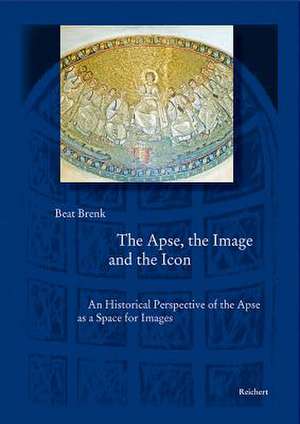The Apse, the Image and the Icon: Spatantike, Fruhes Christentum, Byzanz: Reihe B: Studien Und Perspektiven, cartea 26
Autor Beat Brenken Limba Engleză Hardback
Preț: 345.72 lei
Nou
Puncte Express: 519
Preț estimativ în valută:
66.15€ • 72.08$ • 55.74£
66.15€ • 72.08$ • 55.74£
Carte indisponibilă temporar
Doresc să fiu notificat când acest titlu va fi disponibil:
Se trimite...
Preluare comenzi: 021 569.72.76
Specificații
ISBN-13: 9783895007033
ISBN-10: 389500703X
Pagini: 131
Dimensiuni: 175 x 244 x 18 mm
Greutate: 0.59 kg
Editura: REICHERT VERLAG
Seria Spatantike, Fruhes Christentum, Byzanz: Reihe B: Studien Und Perspektiven
ISBN-10: 389500703X
Pagini: 131
Dimensiuni: 175 x 244 x 18 mm
Greutate: 0.59 kg
Editura: REICHERT VERLAG
Seria Spatantike, Fruhes Christentum, Byzanz: Reihe B: Studien Und Perspektiven

